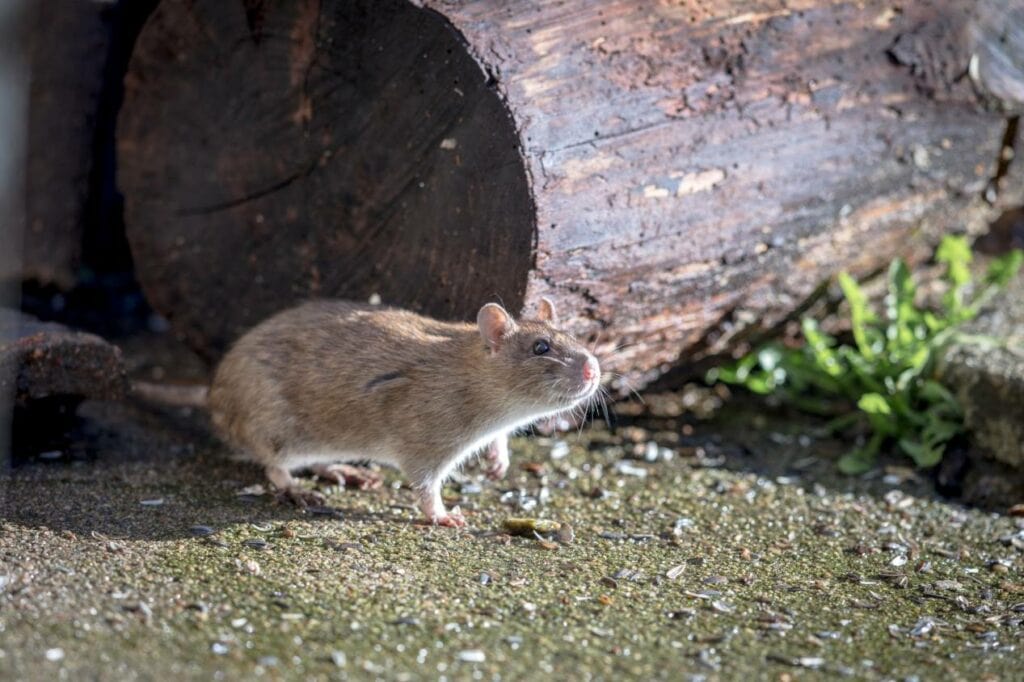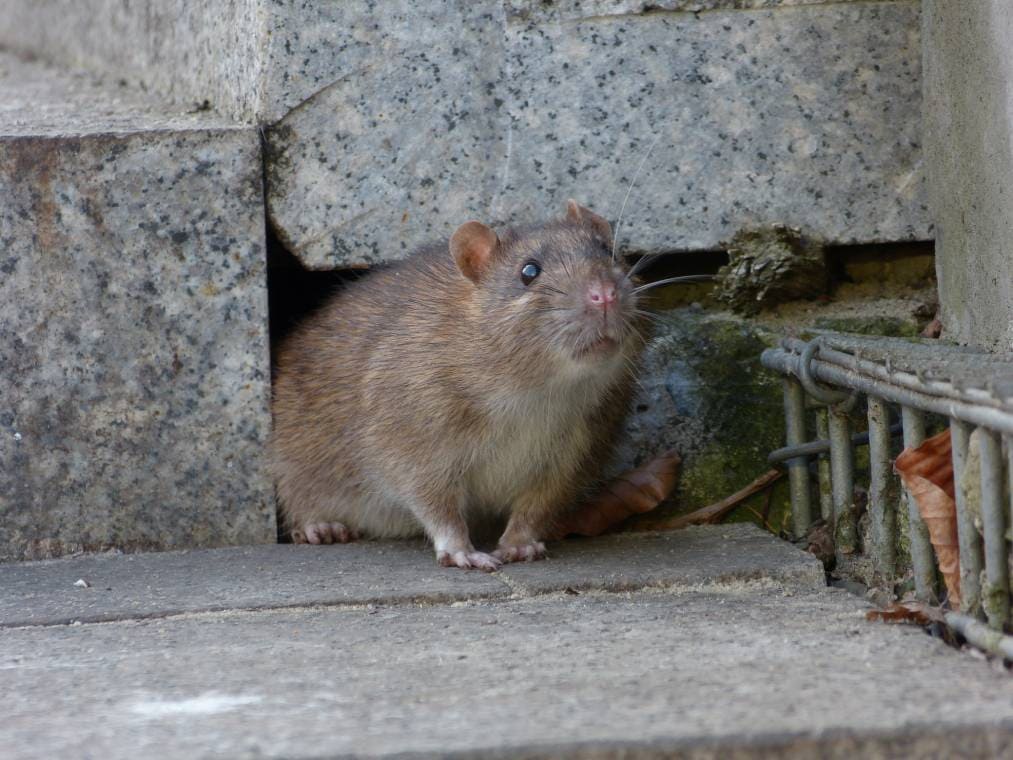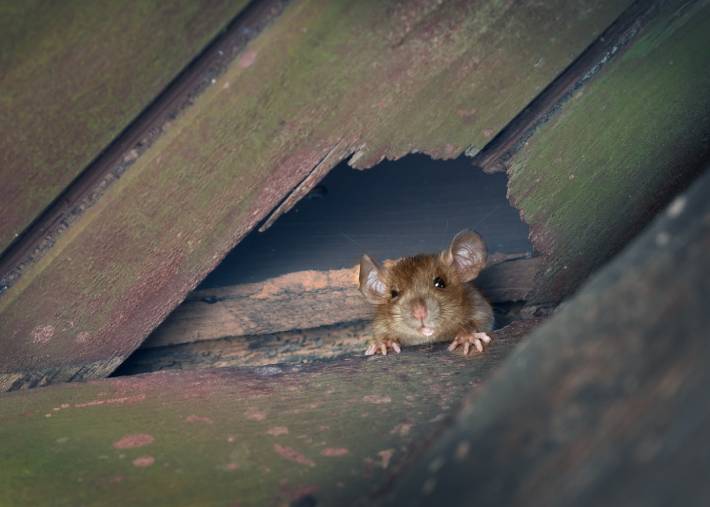Rats in Texas: Types, Facts, and Tips for Homeowners
-
- Last updated:

Rats and mice can spread over 35 diseases, including rat bite fever, Hantavirus, and leptospirosis. These unsanitary pests can also cause extensive structural damage by gnawing and chewing wood, electric wiring, and insulation.
In Texas, rats are a true menace in homes and businesses. They are commensal rodents that love dwelling close to people and depend on them for shelter, food, and water.
Depending on the rat species that have invaded your property, you could find the rodents burrowed in the ground around your garden and foundation or nesting in upper-level areas like your roof.
Realizing that rats have turned your property into their haven can be deeply unsettling. Fortunately, you have a good chance of addressing an invasion once you know your enemy. Read on to learn facts about the types of rats in Texas and how to prevent an infestation.

An Overview of the Types of Rats in Texas
The prevalence of rodents in Texas makes them the most encountered mammal in the state.
Norway and roof rats are the two most common types of rats in Texas. While they are not native to the state, they may as well be because of their high population. For some reason, these hardy rodent species have adapted very well to the state.
Norway and roof rats have certain similarities in their physical attributes. However, you can tell them apart based on their behavior, food choices, and where they build their nests.
1. Norway Rats

| Fur Color: | Brown with a white or gray belly |
| Nose: | Rounded and blunt |
| Body Size: | 7 to 9.5 inches long (heavy build) |
| Tail Length: | 6 to 8 inches |
| Preferred Habitat: | Holes in the garden or foundation |
Norway rats are also known as sewer rats or brown rats. They have a heavy build and brown fur with scattered black hairs. Adult Norway rats can be as long as 9.5 inches without considering their 6 to 8 inches long tails. Like most rodents, their underbelly has a lighter-colored hue.
Furthermore, these rodents have a blunt, round-shaped nose, small ears, and tiny piercing black eyes. They prefer outdoor life and will build their nests in holes in your garden or beside the foundations of structures.
These tunnels can be up to three inches wide and 6.5 feet long. Norway rats are most active at night and will enter your home in search of food before returning to their holes.
Threats and Dangers Posed By Norway Rats
Depending on the luxuries your home offers, Norway rats can invade the interiors of your home and nest in your crawl space or basement.
While they rarely invade the upper levels of a structure, they can nest in first-floor building levels if their population is out of control.
Norway rats are highly destructive. They can damage crops and structures’ foundations while searching for food and shelter. When they invade your interiors, they can nest in walls and chew electrical wires, wood, insulation, and drywall.
Also, they will contaminate any food they bump into with their droppings and urine. Food contaminated by rats can cause diseases like jaundice, Hantavirus, and salmonella.
2. Roof Rats

| Fur Color: | Dark brown or black with a lighter-colored belly |
| Nose: | 6 to 8 inches long (light build) |
| Body Size: | Pointed |
| Tail Length: | 6 to 8 inches |
| Preferred Habitat: | Upper levels of a building, roof, and attic |
Unlike Norway rats, roof rats have a light build that makes them excel at climbing. They are also known as black rats because of their dark brown or brown fur. The name roof rat derives from the fact that these rodents are excellent climbers and prefer nesting in high-level locations like the roof and attics.
Adult roof rats can reach up to eight inches in length with a tail that is equally as long. You can tell them apart from Norway rats because they have pointed noses and relatively larger eyes and ears.
Threats and Dangers Posed by Roof Rats
Rats cause damages worth millions of dollars in Texas each year. Because roof rats are excellent climbers, they pose a greater risk of contaminating food supplies.
Their droppings can cause significant health concerns. The health risk is even greater for allergy sufferers because an infestation can attract fleas and bugs.
Also, roof rats need to chew on things to regulate the growth of their teeth and keep them sharp. The gnawing and squeaking noises indicate the rats inside your ceiling or walls are chewing on your insulation, wood, or electrical wires.
An infestation that goes without being addressed can cause significant structural integrity issues to your property.

Tips to Prevent a Norway or Roof Rat Invasion
The ideal way to deal with a rat problem is to prevent an infestation in the first place. While you cannot prevent these rodents from taking a sneak peek of your property, you can dissuade them from nesting by ensuring they cannot find suitable shelter, food, and water.
The following are some things you can do to make your property less hospitable and prevent an infestation.
- Clear bushes and wild vegetation
- Keep your outdoors clean and free of junk and logs
- Keep human and pet food secured in airtight containers
- Take out the trash and maintain a clean kitchen and pantry
- Keep trash bins closed
- Fix potential entryways into your home by fixing loose lumber or broken windows

Final Thoughts
Rats are sneaky creatures that typically spring into action in the dead of night. After giving you sleepless nights because of all the gnawing, running, and squeaking, they return to their nests during daylight hours.
We hope you now know your enemy in more detail and have the tips to prevent an infestation.
If you are already dealing with a rat problem, the first step is to understand the extent of the concern. Check all areas, including your basement, garage, and attic. With your health and the structural integrity of your home at stake, it makes sense to seek professional help if an infestation is out of hand.
Featured Image Credit: Lilian Tveit, Shutterstock
Contents

